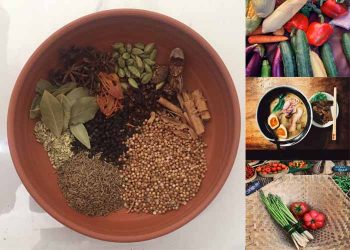Ancient cooking tools Sri Lankans still use
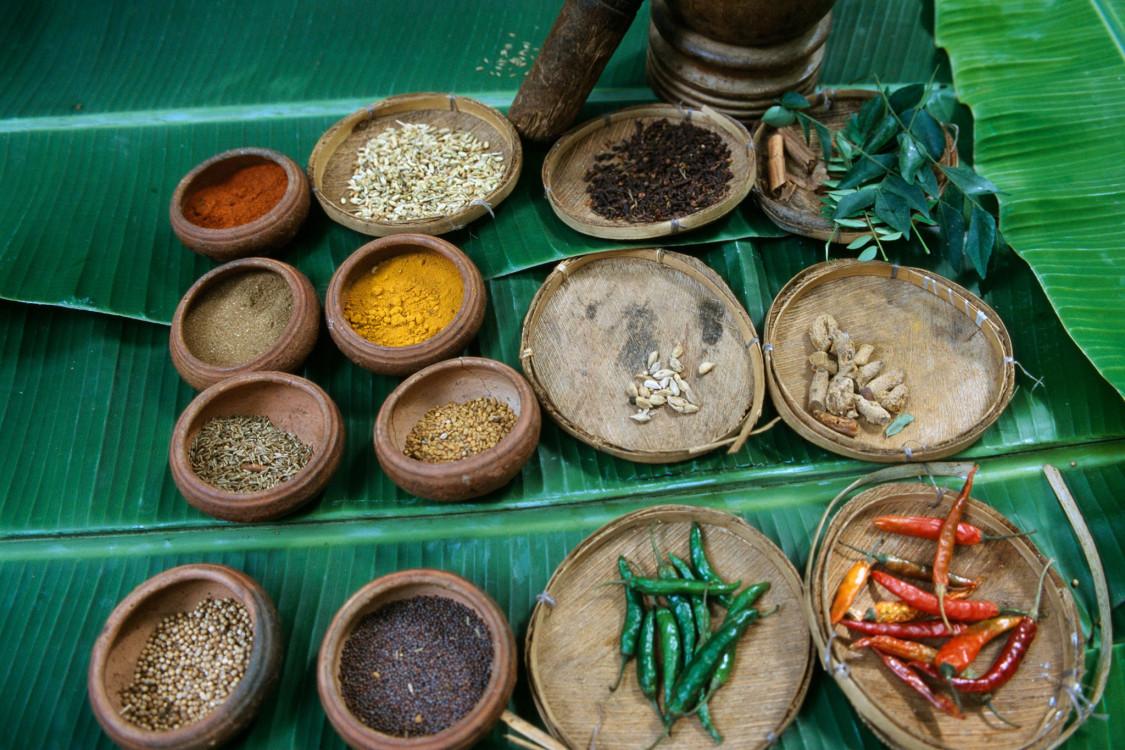
It is a common fact that most of the Sri Lankan homes have two kitchen for their day to day culinary needs. According to Marguerite Richards there is the “rough” kitchen outside and the pantry, or show kitchen inside, while the indoor kitchen can be equipped with all of today’s latest appliances, the real cooking happens in a place that can get messy enough the hose down.
Writing her observations in the National Geographic magazine under the title “6 Ancient Cooking Tools Sri Lankans Can’t Do Without”, Marquerite says that culinary magic is made with ancient tools, rarely modified over the centuries.
While explaining her experience in Sri Lanka, she goes on to say that these tools are made of clay, stone, bamboo, or palm leaves and that these rugged tools decorate the walls and shelves of these rough kitchens. She further says that these tools are never kept facing the west as they believe that , only the dead face west, the direction signifying the end.
Marguerite describes these ancient cooking utensils as follows:
The Curry Pot
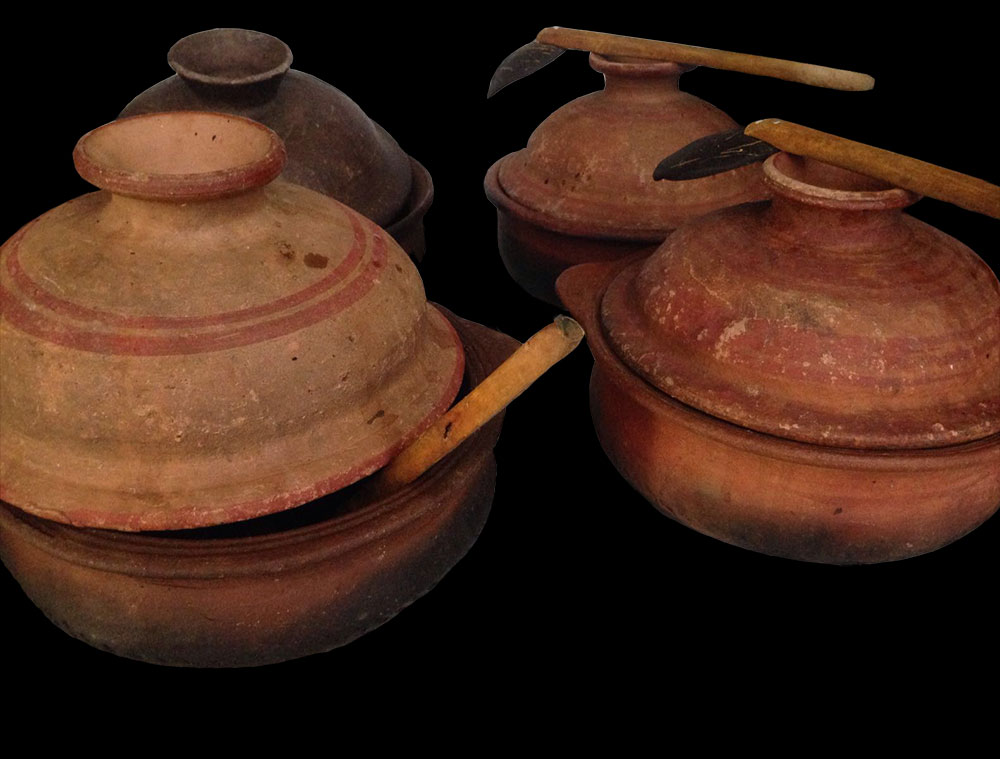 In Sri Lanka, curry is synonymous with sauce, so almost every hot dish is called a curry. Enter the curry pot, or walang. These round clay recipients make one-dish wonders that include fiery garlic, chicken or fish sauces with big meaty chunks. Pots are used directly on a wood or gas flame, and often sent straight to the table for serving.
In Sri Lanka, curry is synonymous with sauce, so almost every hot dish is called a curry. Enter the curry pot, or walang. These round clay recipients make one-dish wonders that include fiery garlic, chicken or fish sauces with big meaty chunks. Pots are used directly on a wood or gas flame, and often sent straight to the table for serving.
String Hopper Press
String hoppers are rice noodle cakes, made by pressing flour dough t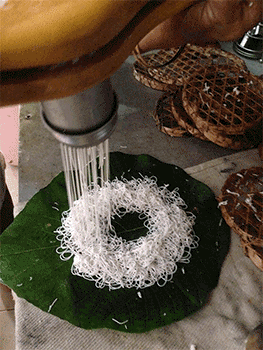 hrough a stubby metal tube called an indiyappam wangediya, which creates fine vermicelli-like strands. These small cakes are placed on individual bamboo mats then stacked into a steamer
hrough a stubby metal tube called an indiyappam wangediya, which creates fine vermicelli-like strands. These small cakes are placed on individual bamboo mats then stacked into a steamer
.
The Grinding Stone
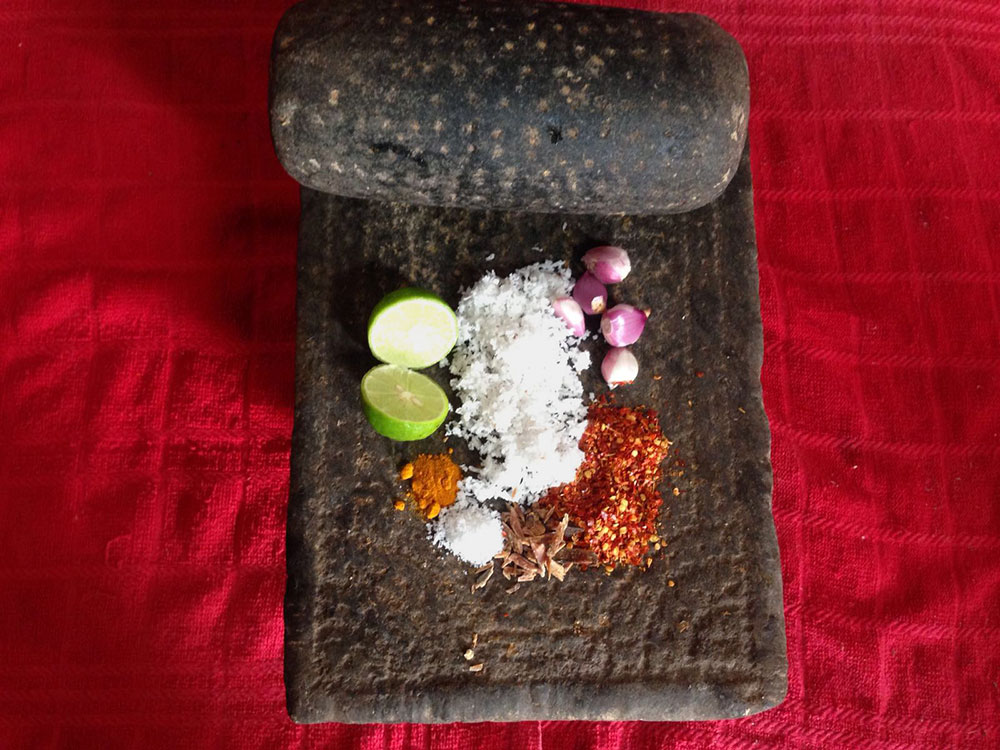 One of the most ancient tools is the miris gala. It’s a simple two-stone grinder consisting of one large flat stone as the surface and another heavy cylindrical one used, like a rolling pin, to crush the ingredients for sambol, the spicy salsa-like salad where coconut often plays the star. Sri Lankan sambols often include Maldive fish, garlic, shallots, lime juice, and red peppers.
One of the most ancient tools is the miris gala. It’s a simple two-stone grinder consisting of one large flat stone as the surface and another heavy cylindrical one used, like a rolling pin, to crush the ingredients for sambol, the spicy salsa-like salad where coconut often plays the star. Sri Lankan sambols often include Maldive fish, garlic, shallots, lime juice, and red peppers.
Finger Millet Grinder
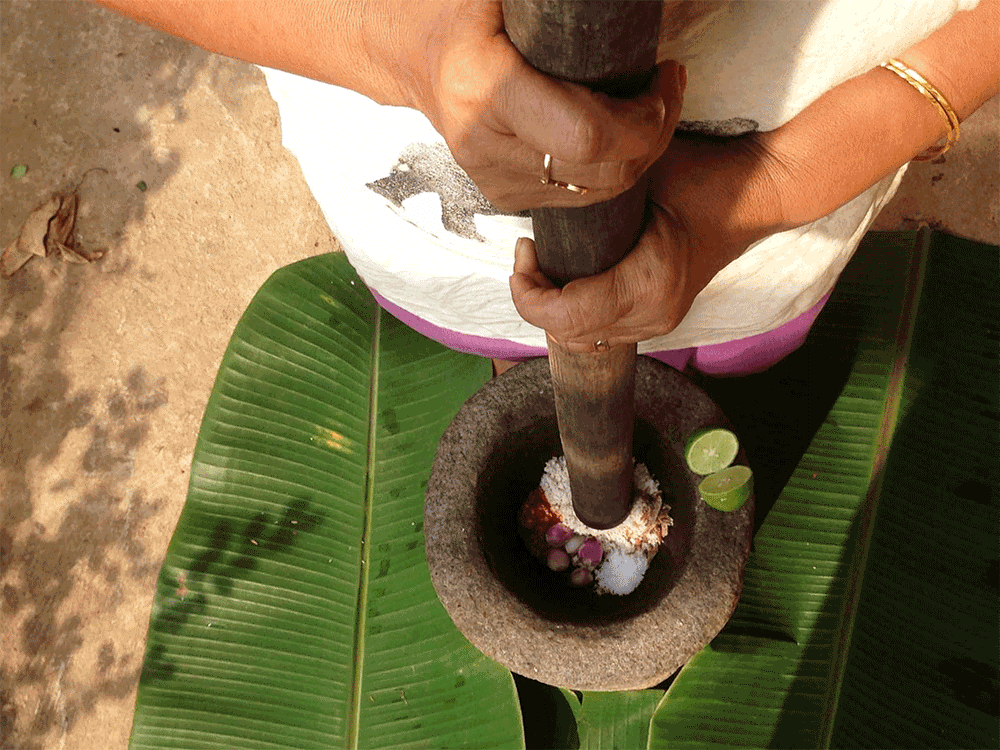 Also prehistoric is the vangediya and mol gaha, made of two parts used to crush millet or rice into fine flour. A long pole is worked into a stone pot to effortlessly loosen the husk and layers around each grain. Superstition says that this grinder must be cleaned and set to rest after working, pole removed from pot. It should be respected like a person, bathed after work before bed.
Also prehistoric is the vangediya and mol gaha, made of two parts used to crush millet or rice into fine flour. A long pole is worked into a stone pot to effortlessly loosen the husk and layers around each grain. Superstition says that this grinder must be cleaned and set to rest after working, pole removed from pot. It should be respected like a person, bathed after work before bed.
The Coconut Scraper
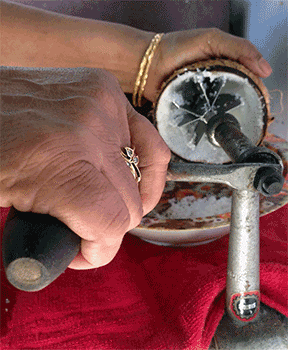 With the amount of coconut used in Sri Lankan cooking, the hiramanayais essential. The hand crank scraper is generally clamped onto the side of a table. The coconut is opened with a hatchet, its water drained into the ground or a drinking glass. The hand crank spins to work out the tough, mature coconut meat into soft, snowy flakes.
With the amount of coconut used in Sri Lankan cooking, the hiramanayais essential. The hand crank scraper is generally clamped onto the side of a table. The coconut is opened with a hatchet, its water drained into the ground or a drinking glass. The hand crank spins to work out the tough, mature coconut meat into soft, snowy flakes.
The Water Jug
The terra-cotta carafe, known as gurulethuwa, is considered the original cooler, porous enough for the night air to chill it. While tap water is relatively safe to drink today, out of tradition (and continued precaution), most families still boil their water then store it in these decorative decanters.
Finally, she says: “In Sri Lanka, hands are not only intricately tied to the work of cooking, but also to the pleasure of eating. People mix rice and curries with their hands, helping cool the food while preparing unique, individual bites.”
She ends her interesting article as :“After cooking and eating with nature’s tools, it suddenly seems weird to wield a metal spoon.”
[Courtesy National Geographic Magazine]






